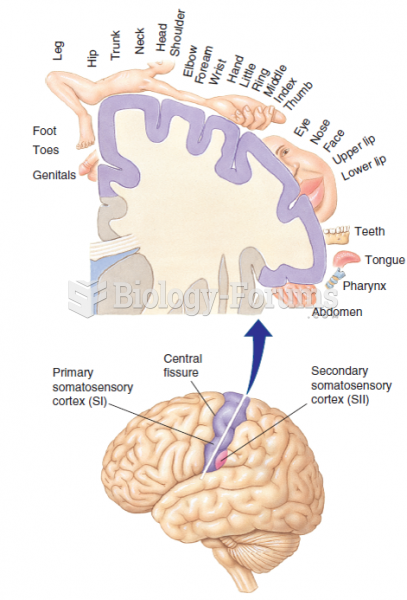|
|
|
The most common treatment options for addiction include psychotherapy, support groups, and individual counseling.
Bacteria have been found alive in a lake buried one half mile under ice in Antarctica.
Despite claims by manufacturers, the supplement known as Ginkgo biloba was shown in a study of more than 3,000 participants to be ineffective in reducing development of dementia and Alzheimer’s disease in older people.
Thyroid conditions may make getting pregnant impossible.
There used to be a metric calendar, as well as metric clocks. The metric calendar, or "French Republican Calendar" divided the year into 12 months, but each month was divided into three 10-day weeks. Each day had 10 decimal hours. Each hour had 100 decimal minutes. Due to lack of popularity, the metric clocks and calendars were ended in 1795, three years after they had been first marketed.
 Prostate cancer. In this example, a large mass has grown into the urinary bladder. Prostate cancer i
Prostate cancer. In this example, a large mass has grown into the urinary bladder. Prostate cancer i
 The locations of human primary somatosensory cortex (SI) and one area of secondary somatosensory ...
The locations of human primary somatosensory cortex (SI) and one area of secondary somatosensory ...





